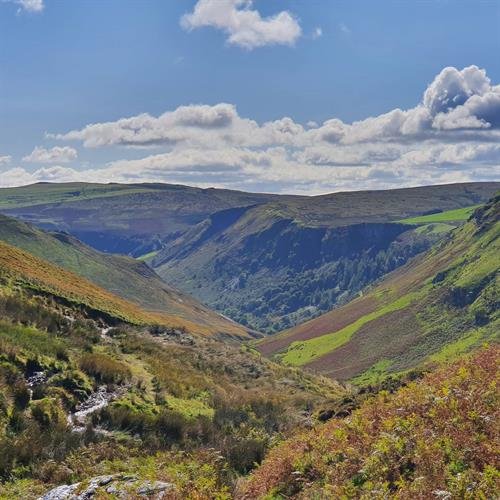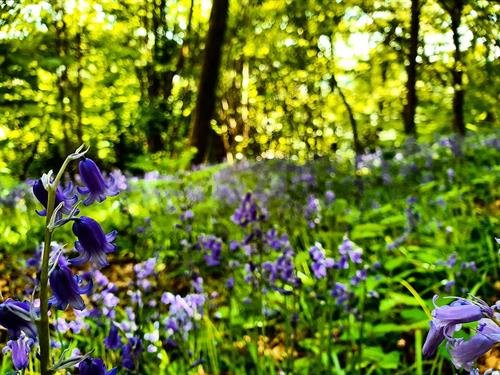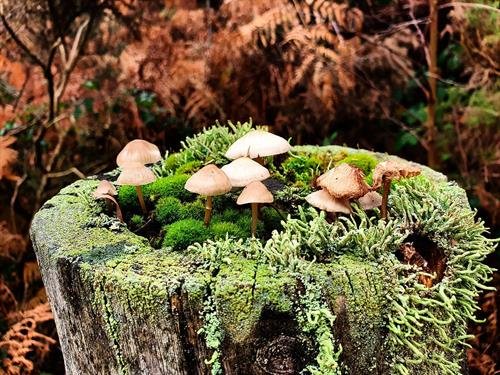The Powys Nature Partnership is a group of organisations and individuals working together to conserve Powys' wildlife for the future. It includes a range of third sector and public sector organisations, plus local experts and county recorders. We work together to co-ordinate, promote, and record existing and new actions to conserve and enhance nature in Powys.
Nature in Powys
Powys is known for its rural nature and varied and beautiful landscapes; from extensive patchworks of enclosed farmland to the windswept moorlands above the Elan Valley and the rugged Cambrian Mountains. The county is rich in biodiversity with over 200 Sites of Special Scientific Interest. The wide variety of wildlife and habitats include examples of species identified within the UKBAP and as a priority for conservation within Wales, such as the rare pearl-bordered fritillary butterfly, which relies on south facing bracken slopes and ffridd habitat, and the red squirrel which can be found in the vast coniferous forests of north-west Brecknock.
- Look for opportunities to be less neat and tidy. Well-kept hedgerows and gardens provide little support to wildlife. Can you create any wild areas in your garden?
- Record the wildlife you see. We rely on voluntary wildlife recorders submitting their records (i.e., wildlife sightings) to the Biodiversity Information Service for Powys and the Brecon Beacons (BIS). These records tell us about the changes in wildlife populations and areas where conservation efforts are required. Records are also used locally to inform planning applications and can highlight the wildlife importance of a site. BIS also run training events to help improve your wildlife identification skills.
- Join in with citizen science surveys or projects. Much like recording, these provide conservationists with much needed wildlife records. You can join in with surveys ran by conservation organisations, which provide you with all the information you need to get started with identifying and recording wildlife.
- Look for opportunities to help to improve local greenspaces for wildlife. This could include litter picking, putting up bird boxes, creating dead wood piles or assisting with habitat management, such as creating and managing wildflower areas. You can also volunteer with community wildlife groups and conservation charities to support local conservation projects.
- Become a Bee-Friendly Community by taking part in Welsh Government’s Bee Friendly initiative.
- Help the hedgehogs in your area by working as a community to create hedgehog highways.
These are just a few ideas to get you thinking. If you would like more information then we have a whole section in the Powys Nature Recovery Action Plan on how communities, individuals, schools, and businesses can take action to help nature in Powys.
Key contact
Powys County Council
County Hall
Spa Road East
Llandrindod Wells
Powys
LD1 5LG
Phone: 01597 827500
biodiversity@powys.gov.uk
Powys is a valued member of the all-Wales Local Nature Partnership Network






